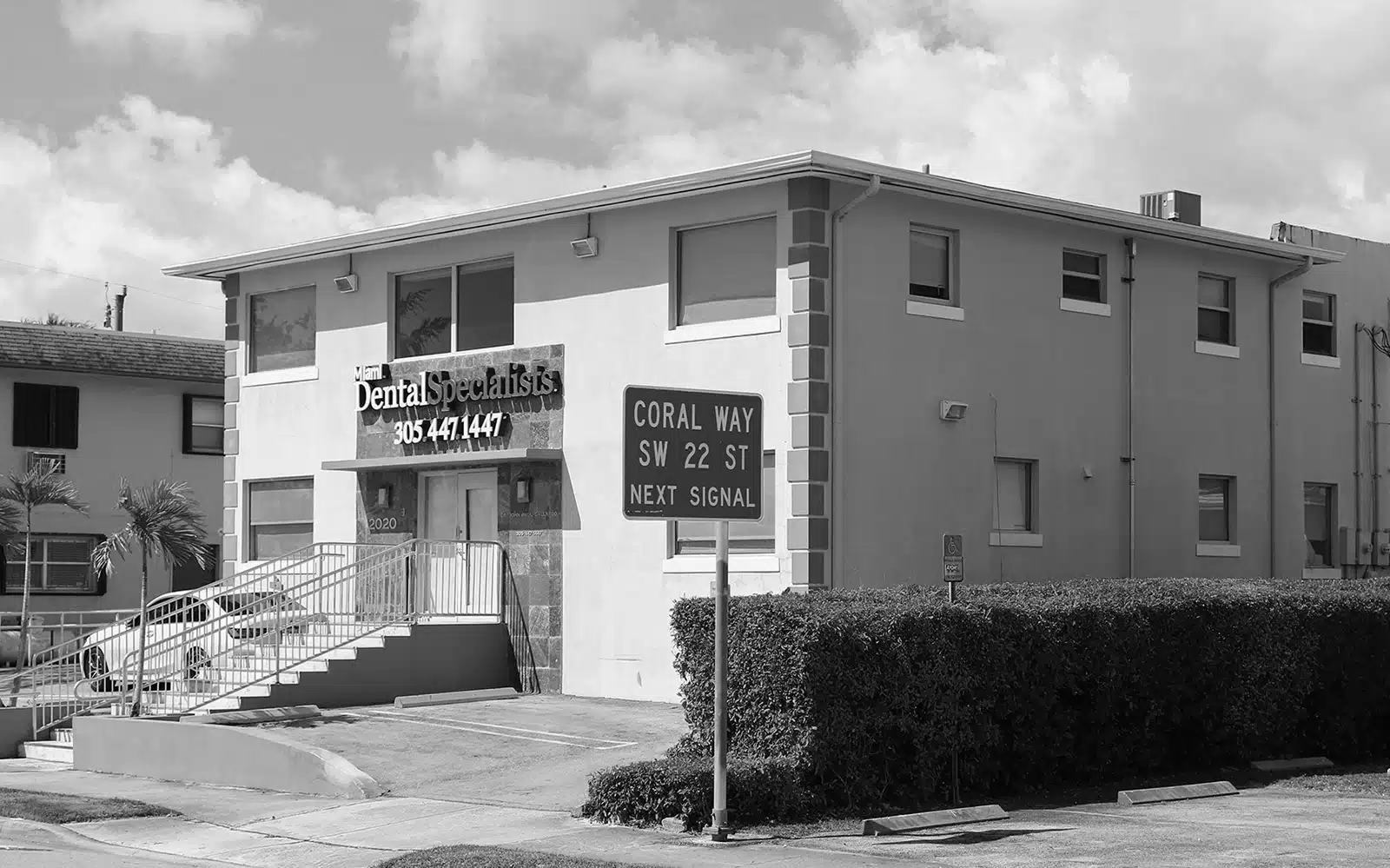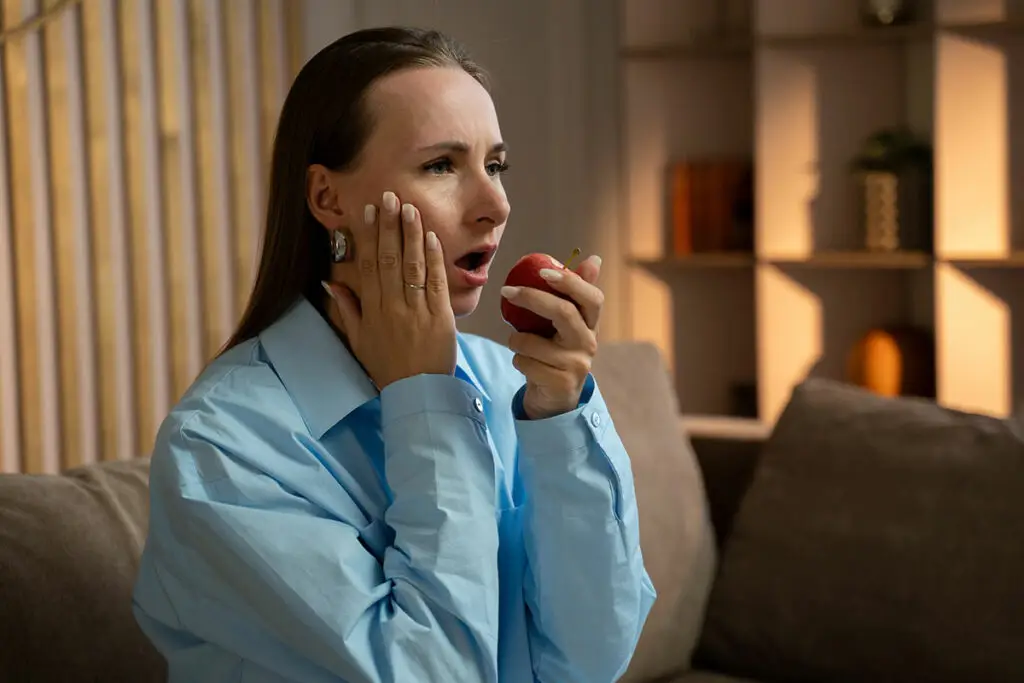
Thinking about getting a dental crown and wondering how long the recovery will take? While a crown is a common and highly effective procedure, understanding what to expect afterward can help you feel more at ease and better prepared for the healing process.
Fortunately, recovery from a dental crown procedure is typically smooth and manageable. With just a little care and patience, you’ll be back to normal in no time—often feeling better within days. Let’s take a closer look at what recovery really looks like and how to make it as comfortable as possible.
How long does it take to recover from getting a crown?
Full recovery after getting a dental crown usually takes about one month, as this allows the surrounding gum tissue and bite to fully adjust to the new crown. However, most people feel well enough to resume normal eating and oral care habits within a few days to two weeks following the procedure. Minor discomfort, sensitivity, or inflammation during this time is common and generally subsides quickly.
As your mouth heals and you adapt to your crown, it’s helpful to know what to expect at each stage. That’s exactly what we’ll cover next.
Dental Crown Recovery Timeline
While every patient heals at their own pace, the recovery process after a dental crown placement generally follows a predictable pattern. By understanding what happens in the hours, days, and weeks after the procedure, you can better manage your expectations and avoid unnecessary worry. Below, we break down each stage of healing so you know what to look for and how to support your recovery.
The First Day After Dental Crown Placement
On the first day after your dental crown placement, it’s normal to experience mild discomfort, sensitivity, or slight swelling around the treated tooth. Your dentist will likely advise avoiding hard or sticky foods and chewing on the opposite side of your mouth. Over-the-counter pain relievers can help manage soreness. Be gentle when brushing and flossing near the area, and give your body time to start adjusting to the new crown.
Day 1
One Week After Getting a Dental Crown
By the end of the first week, most patients notice a significant reduction in discomfort and sensitivity. The crown should begin to feel more natural, and everyday activities like eating and brushing will become easier. You may still be adjusting to your bite, so report any sharp or uneven sensations to your dentist. Following proper care instructions during this period helps solidify the healing process and supports long-term crown stability.
Week 1
The One-Month Milestone
By the one-month mark, most patients have fully adjusted to their new crown. Any initial sensitivity should be gone, and your bite should feel completely natural. At this stage, the gum tissue around the crown has typically healed, and the crown functions like a natural tooth. Continue with routine dental care and follow-ups to ensure the crown remains secure and your oral health stays on track.
Month 1

Don’t ignore signs of discomfort!
Schedule a consultation with Dr. Gallardo today to address any concerns about dental crowns
Dental Crown Aftercare Instructions
Taking proper care of your crown during the healing process can speed up the recovery period and extend the life of your restoration. Immediately after the procedure and in the weeks that follow, adopting a few mindful habits—and avoiding common pitfalls—can make a big difference. The tips below will help you protect your investment and maintain optimal oral health.

What to do after a dental crown procedure
- Follow post-procedure instructions – Your dentist will give you tailored guidelines to support healing; follow them closely.
- Use over-the-counter pain relievers – Ibuprofen or acetaminophen can ease discomfort and reduce inflammation.
- Avoid chewing on the treated side – Especially in the first 24–48 hours, this helps prevent unnecessary pressure on the new crown.
- Stick to soft foods – Eat yogurt, soup, or smoothies to avoid aggravating the area while it’s still sensitive.
- Maintain good oral hygiene practices – Brush gently around the crown and continue to floss daily to keep the area clean.
- Rinse with warm salt water – This helps soothe irritated gum tissue and reduces swelling during recovery.
- Attend follow-up visits – These allow your dentist to check crown placement and address any concerns early on.
What NOT to do after a dental crown procedure
- Don’t eat hard or sticky foods – These can dislodge or damage the crown, especially during the first few days.
- Avoid chewing ice or using teeth as tools – This puts stress on the crown and can cause cracks or loosening.
- Refrain from smoking or vaping – These habits can slow healing and increase the risk of complications.
- Don’t skip oral hygiene – Neglecting to brush or floss around the crown can lead to gum disease and decay beneath it.
- Avoid grinding your teeth – If you grind at night, ask your dentist about a night guard to protect the crown.
- Don’t ignore pain or discomfort – Ongoing soreness may indicate an issue; contact your dentist if symptoms persist.
Choosing the Best Dentist for Your Crown Placement
Choosing the right professional for crown placement can make a significant difference in the quality, longevity, and comfort of your results, as well as how smooth the recovery is. Properly fitted crowns not only improve aesthetics but also restore full function and protect your natural teeth. An experienced dentist ensures that the crown aligns perfectly with your bite and minimizes recovery time and complications.
With over 25 years of experience, Dr. John Paul Gallardo, DDS, PA, stands out as South Florida’s leading expert in restorative and periodontal dentistry. At Gallardo Periodontics and Implant Dentistry, we use the latest digital imaging and crown technology to deliver durable, natural-looking results. Experience precision care in a state-of-the-art setting with options like IV sedation for your comfort. Call us at 305-447-1447 or visit our contact page to schedule your appointment today.

FAQs about Dental Crowns
Are permanent crowns stronger than temporary ones?
Yes, permanent crowns are significantly stronger than temporary ones. Temporary crowns are usually made of acrylic or composite materials designed to protect the tooth only for a short period. In contrast, permanent crowns are crafted from durable materials like porcelain, ceramic, or metal, built to withstand years of chewing and biting forces. Their strength and longevity make them a reliable solution for long-term tooth restoration.
Is it normal to have pain after a dental crown?
Yes, some level of pain or sensitivity is normal after getting a dental crown, especially within the first few days. You may feel discomfort when biting down or sensitivity to hot and cold. This usually fades as your mouth adjusts. However, if the pain is severe or lasts more than a couple of weeks, it could indicate an issue with the crown or underlying tooth and should be checked by your dentist.
Can temporary crowns cause pain and sensitivity?
Yes, temporary crowns can cause some discomfort or sensitivity, especially to hot or cold foods and drinks. They are made of less durable materials and don’t always fit as precisely as permanent crowns. This can lead to irritation of the surrounding gum tissue or pressure on the underlying tooth. These symptoms are usually manageable and should subside once the permanent crown is placed.
How long should I wait to eat after a dental crown?
After a dental crown placement, it’s best to wait at least 30 to 60 minutes before eating or drinking anything, especially if a temporary cement was used. For permanent crowns, avoid hard or sticky foods for the first 24 hours to allow the crown to fully set. Stick to soft foods and chew on the opposite side to minimize pressure during the initial healing period.
How long do dental crowns last?
Dental crowns typically last between 10 and 15 years, but with excellent care, they can last even longer, sometimes up to 20 years or more. The lifespan of a crown depends on the material used, your oral hygiene habits, and lifestyle factors like diet and teeth grinding. Regular dental checkups and proper home care are key to maximizing the longevity of your crown.
How many types of dental crowns are there?
There are several types of dental crowns, each made from different materials to suit various needs. Common options include porcelain crowns, which blend well with natural teeth; ceramic crowns, known for their durability and aesthetics; resin crowns, which are more affordable but less long-lasting; and metal crowns, which offer exceptional strength for back teeth. Many patients also opt for a custom crown tailored to their bite and cosmetic preferences.
Are there any alternatives to dental crowns?
Yes, depending on the condition of your tooth and the goal of the treatment, there are alternatives to dental crowns. For example, dental implants may be recommended if the tooth is beyond repair or missing entirely. In cases of a broken tooth with minimal damage, cosmetic dentistry procedures like veneers or bonding might be sufficient. Dental bridges are another option when multiple teeth are affected. Your dentist will determine the best treatment based on your unique needs.